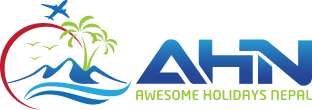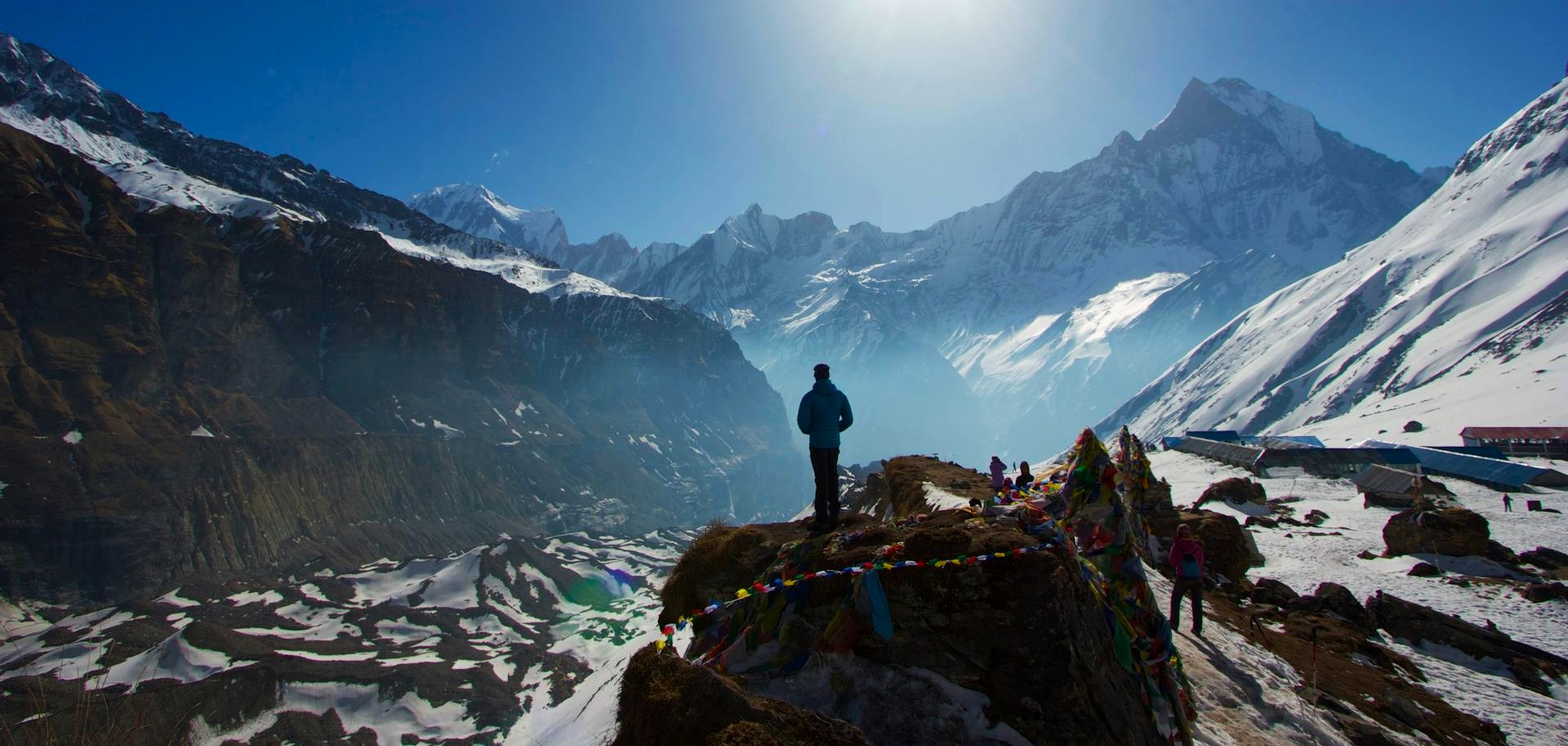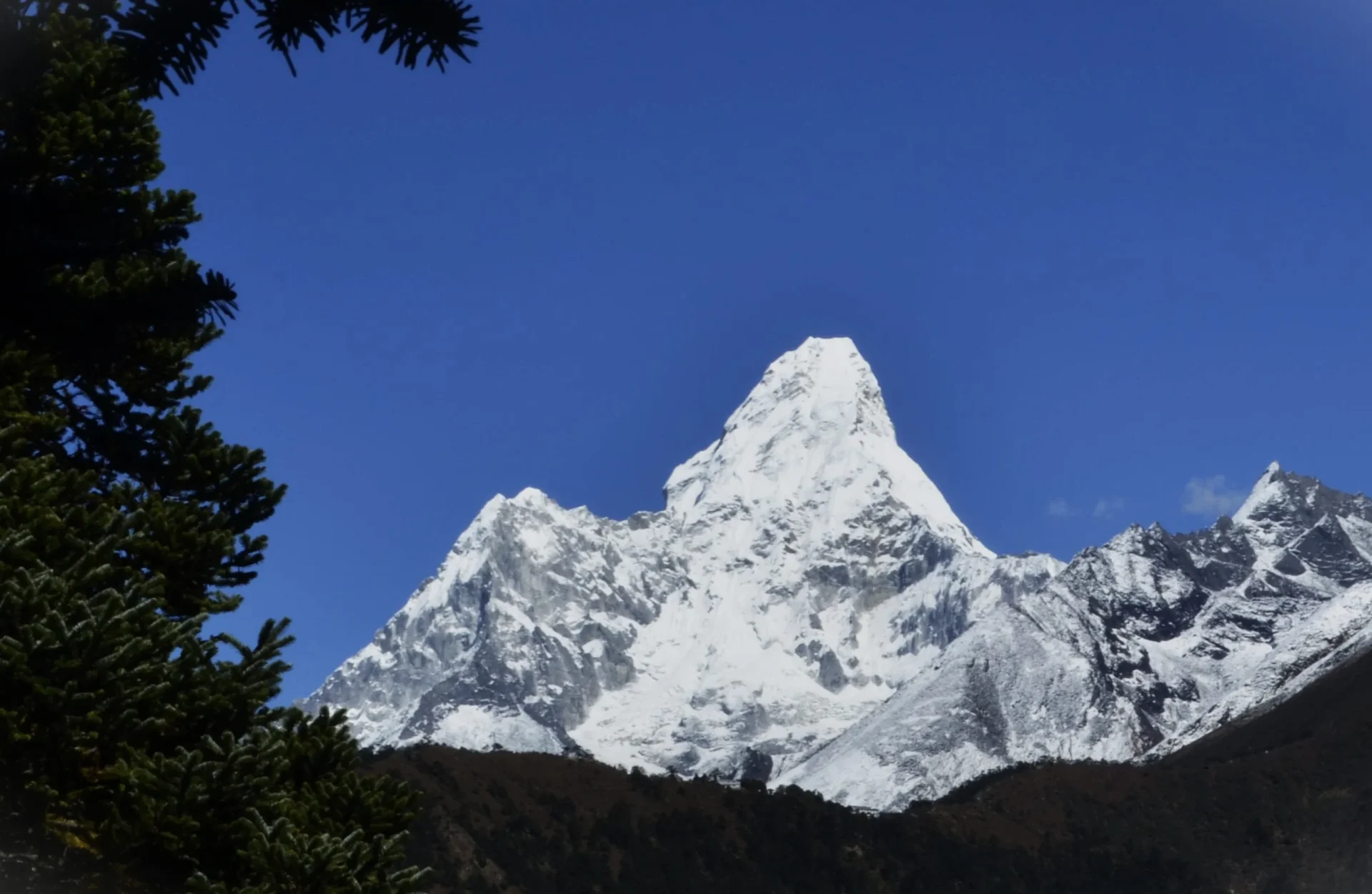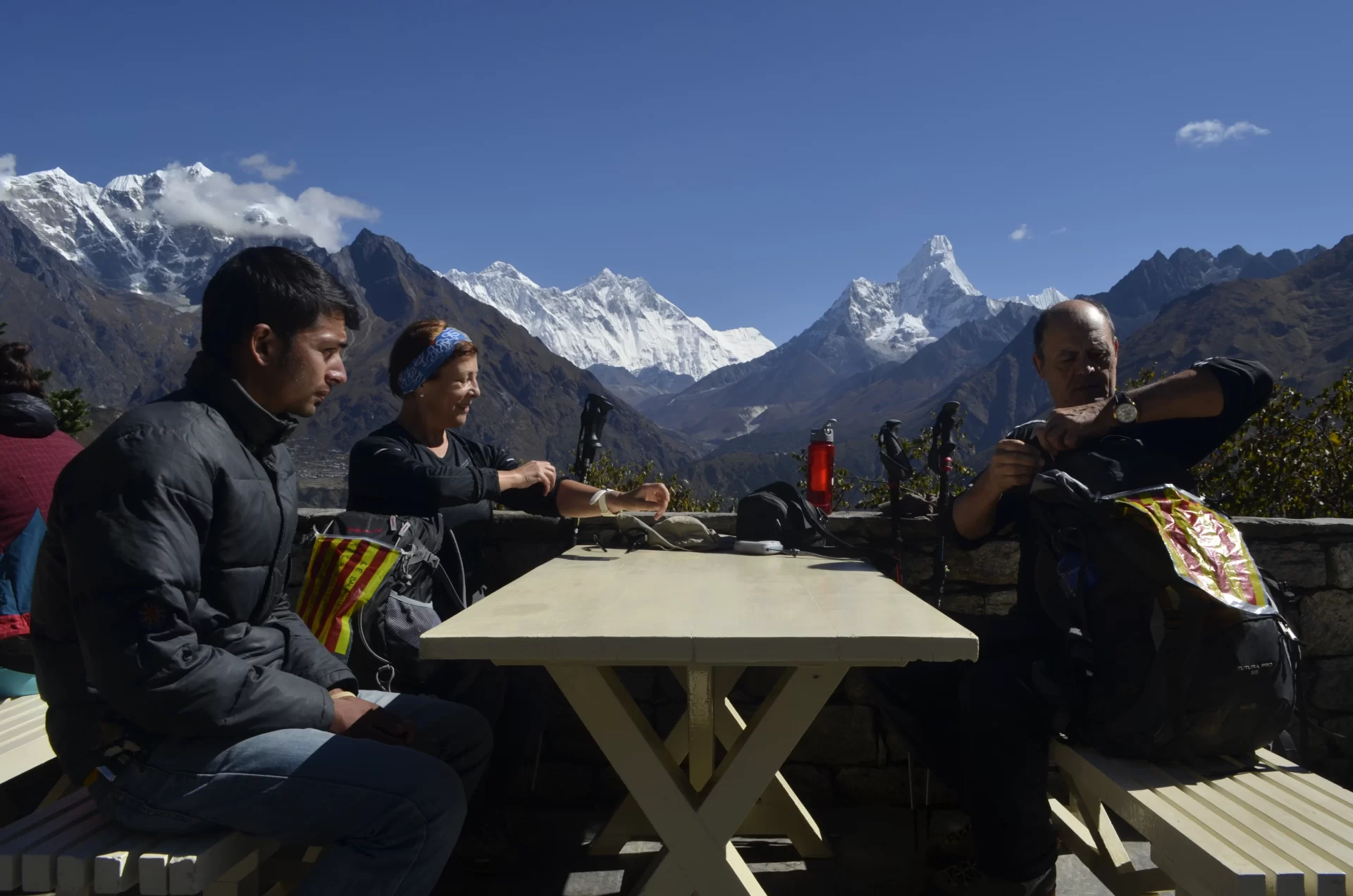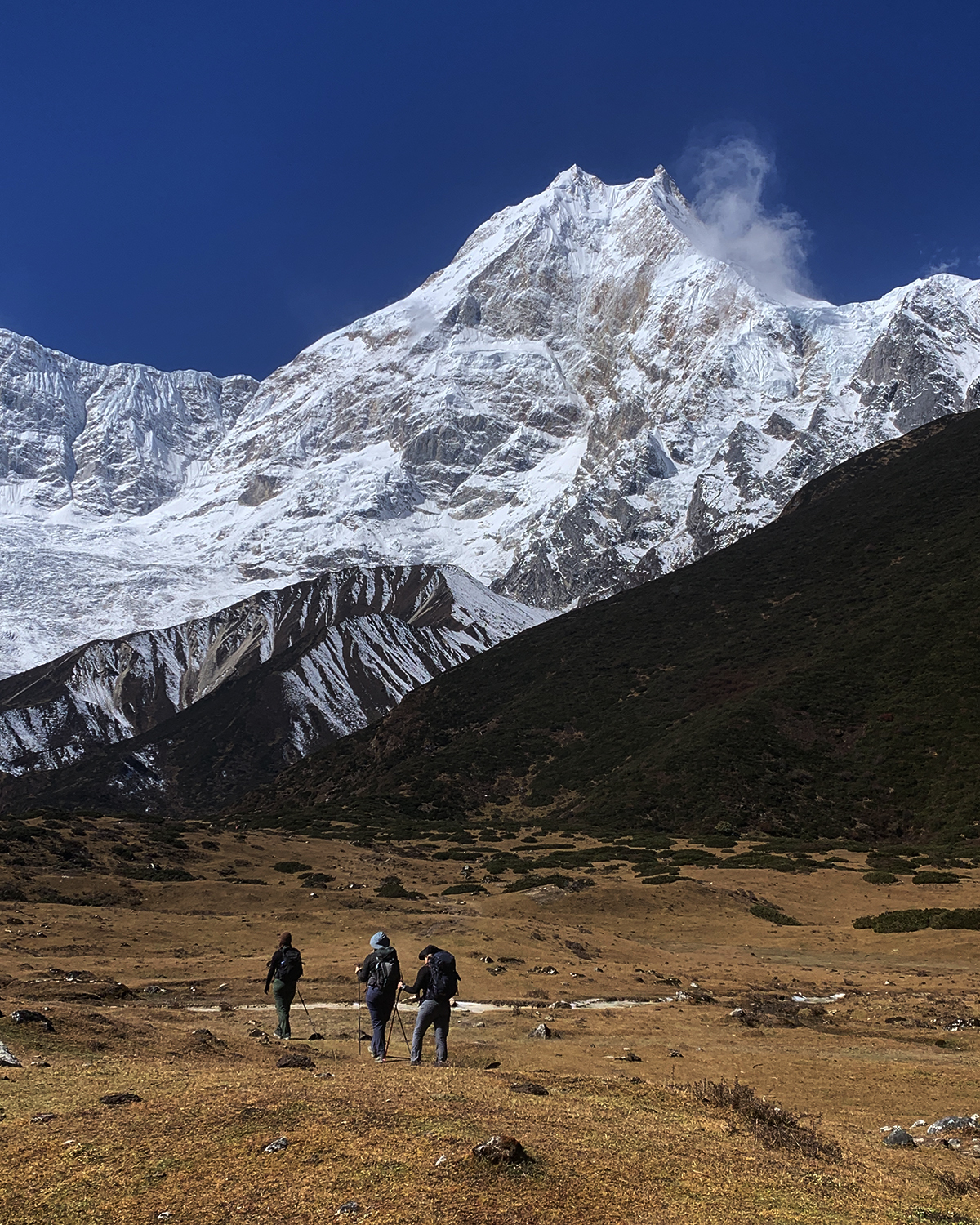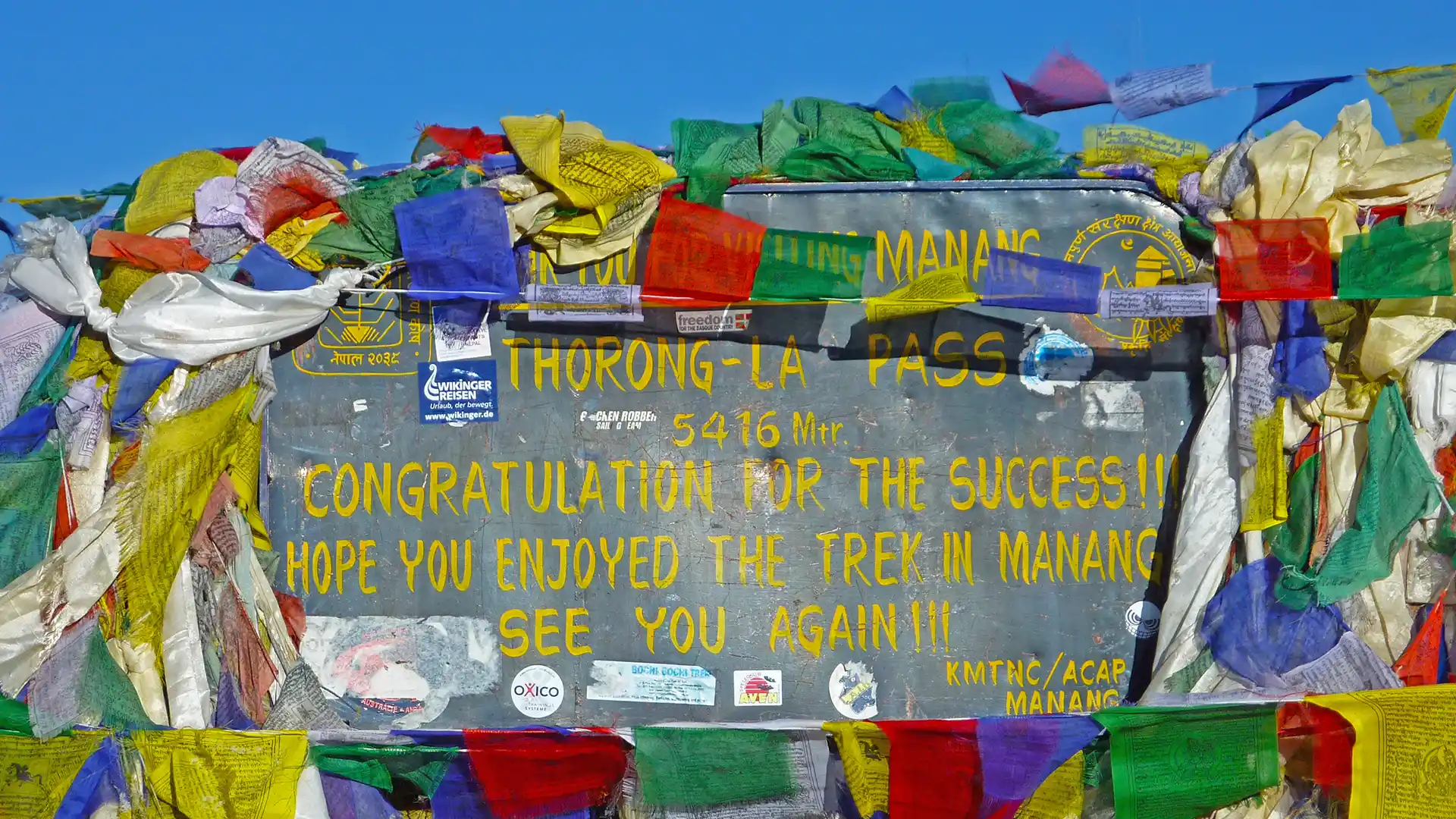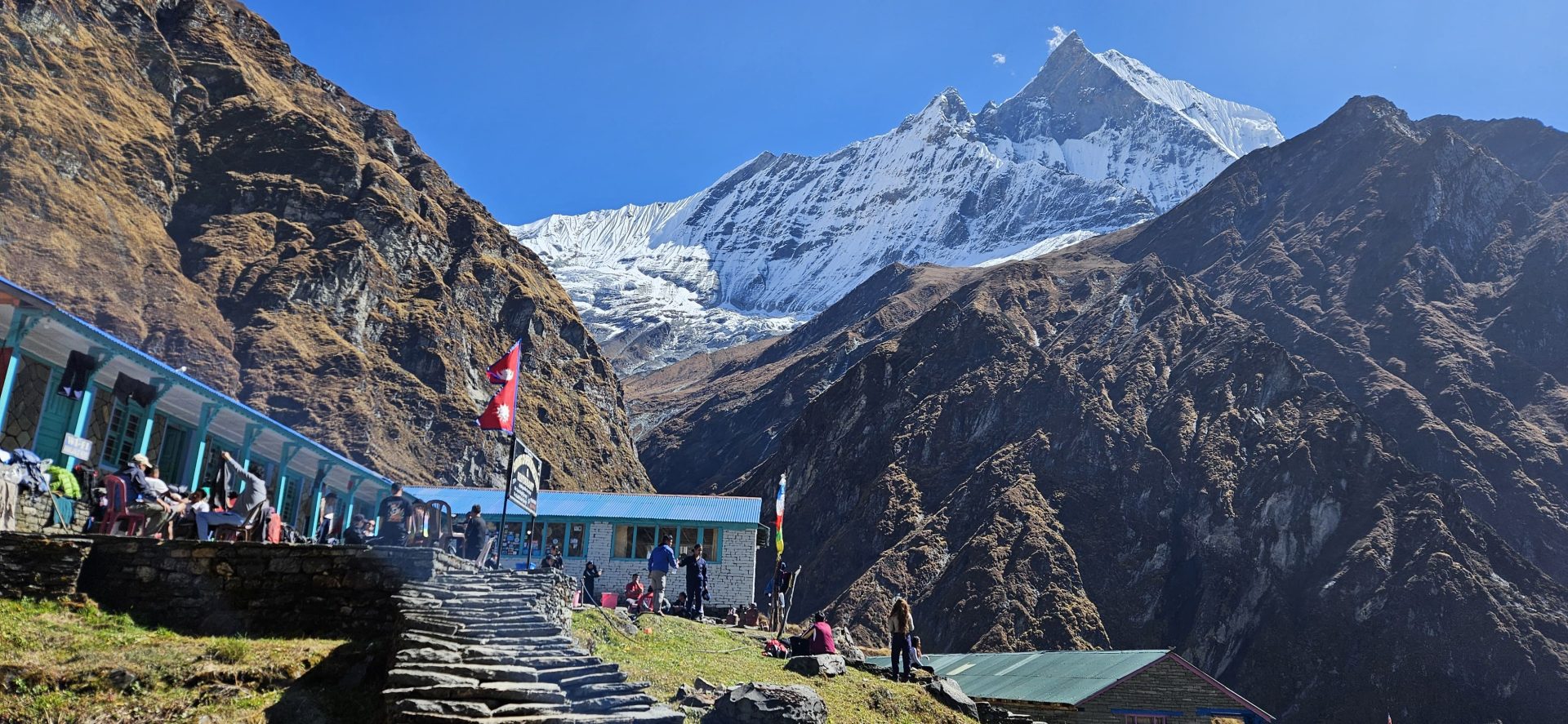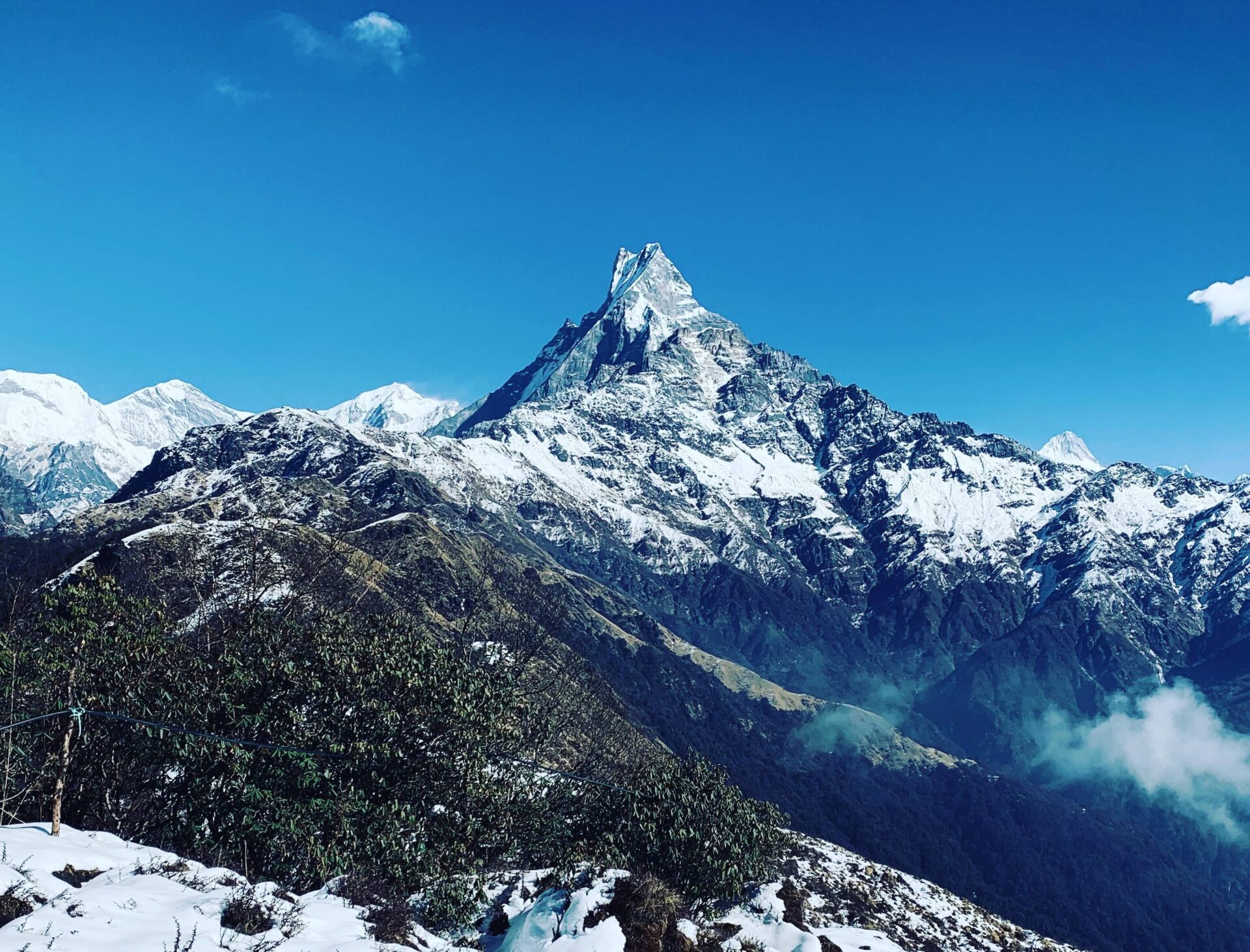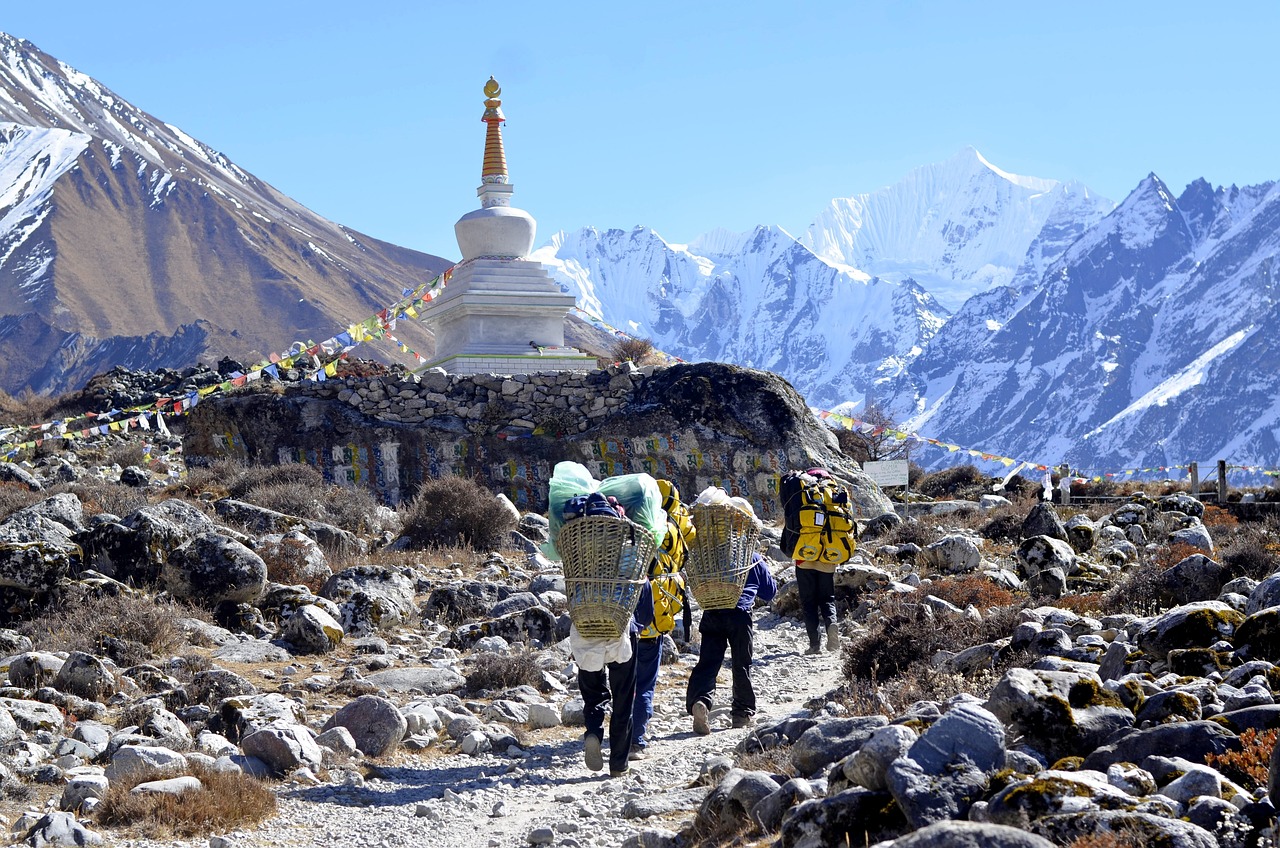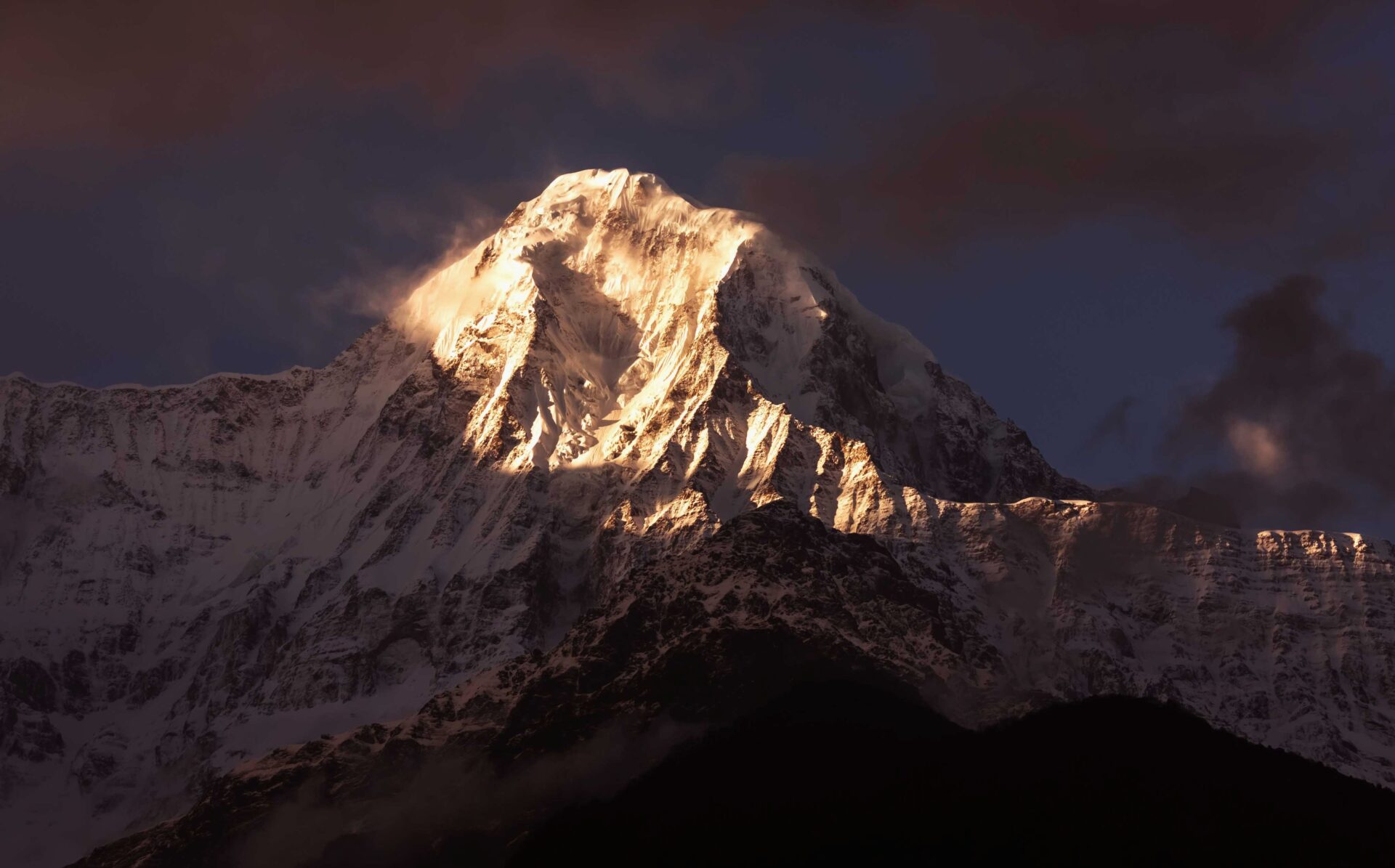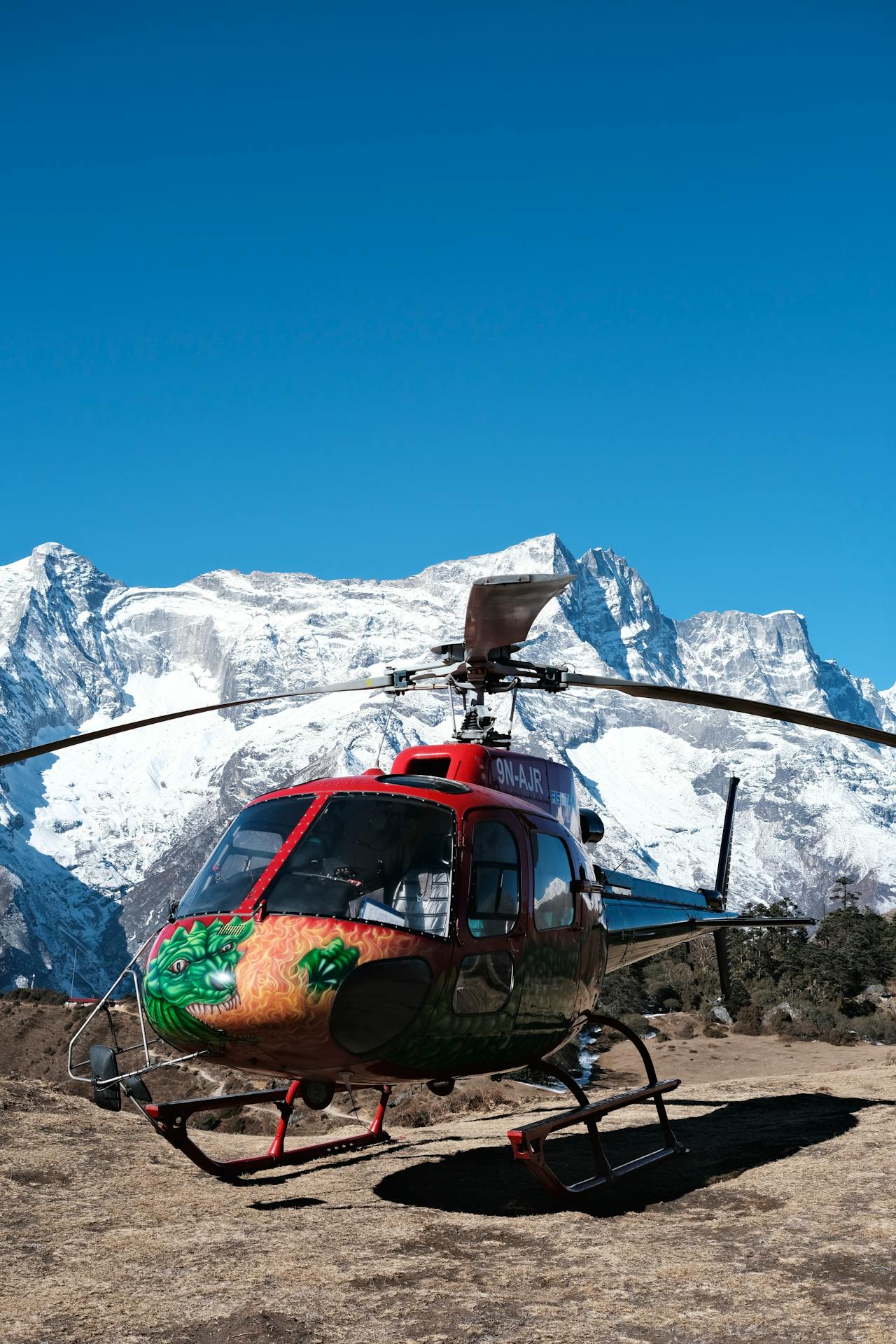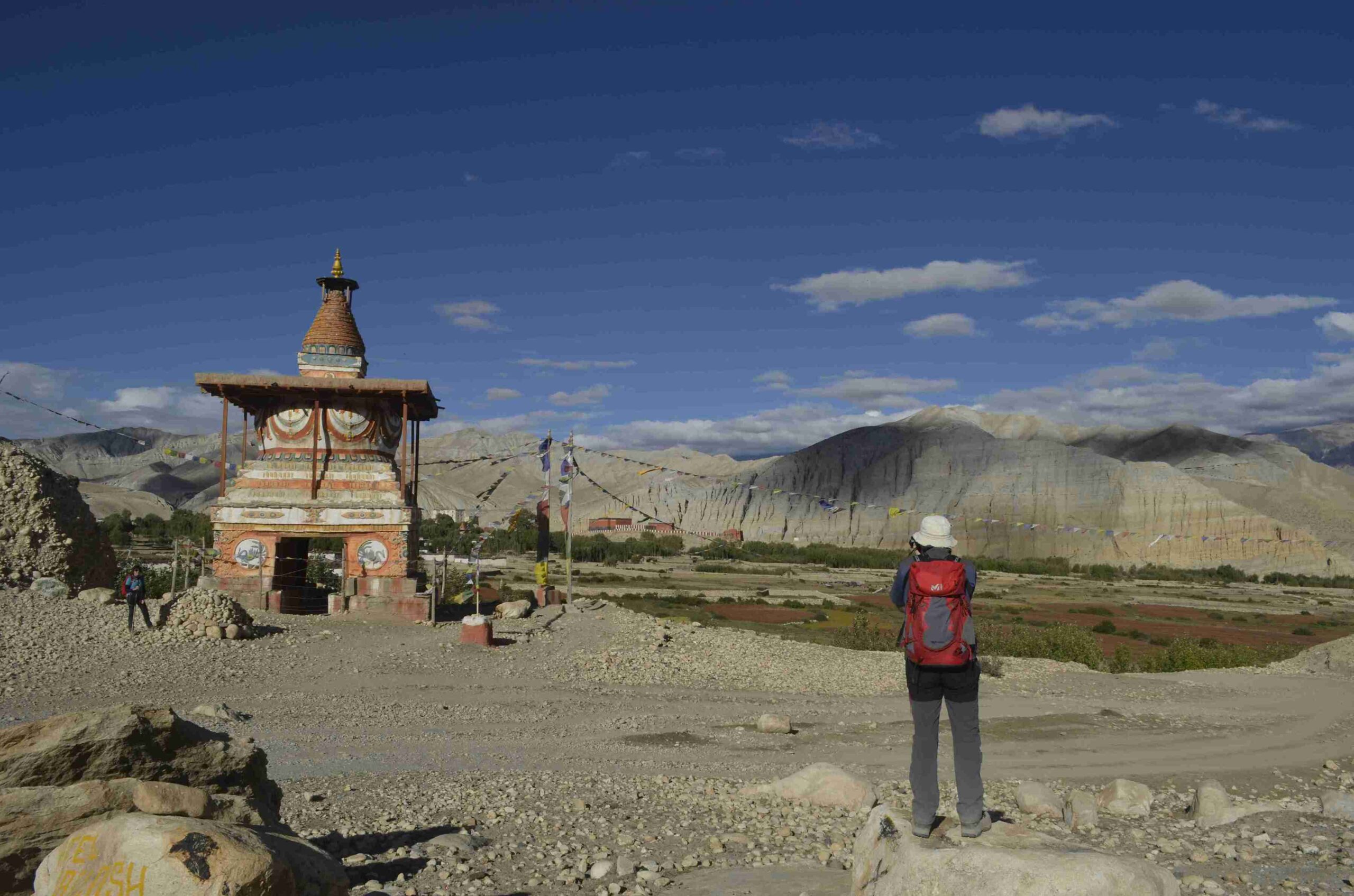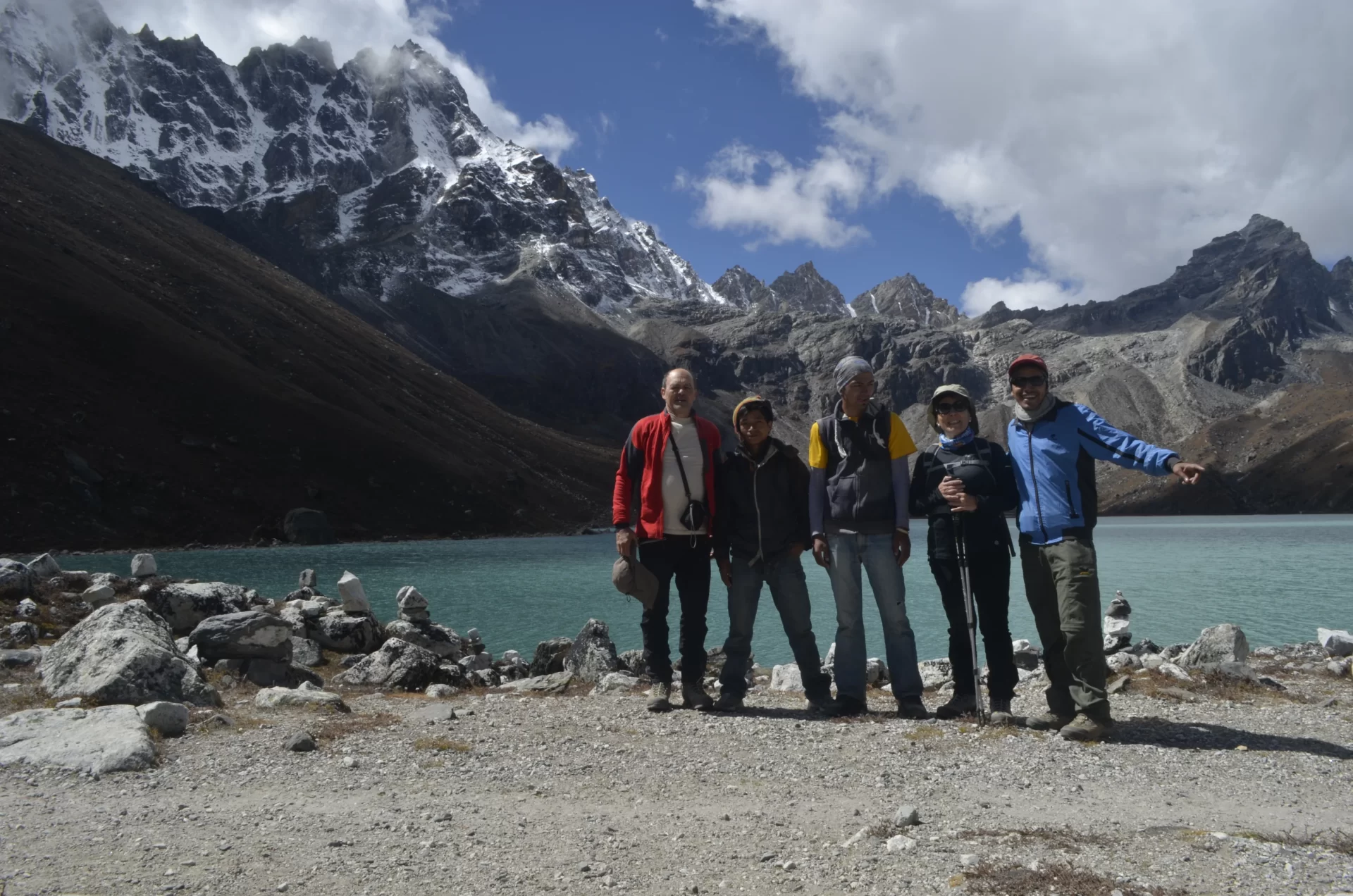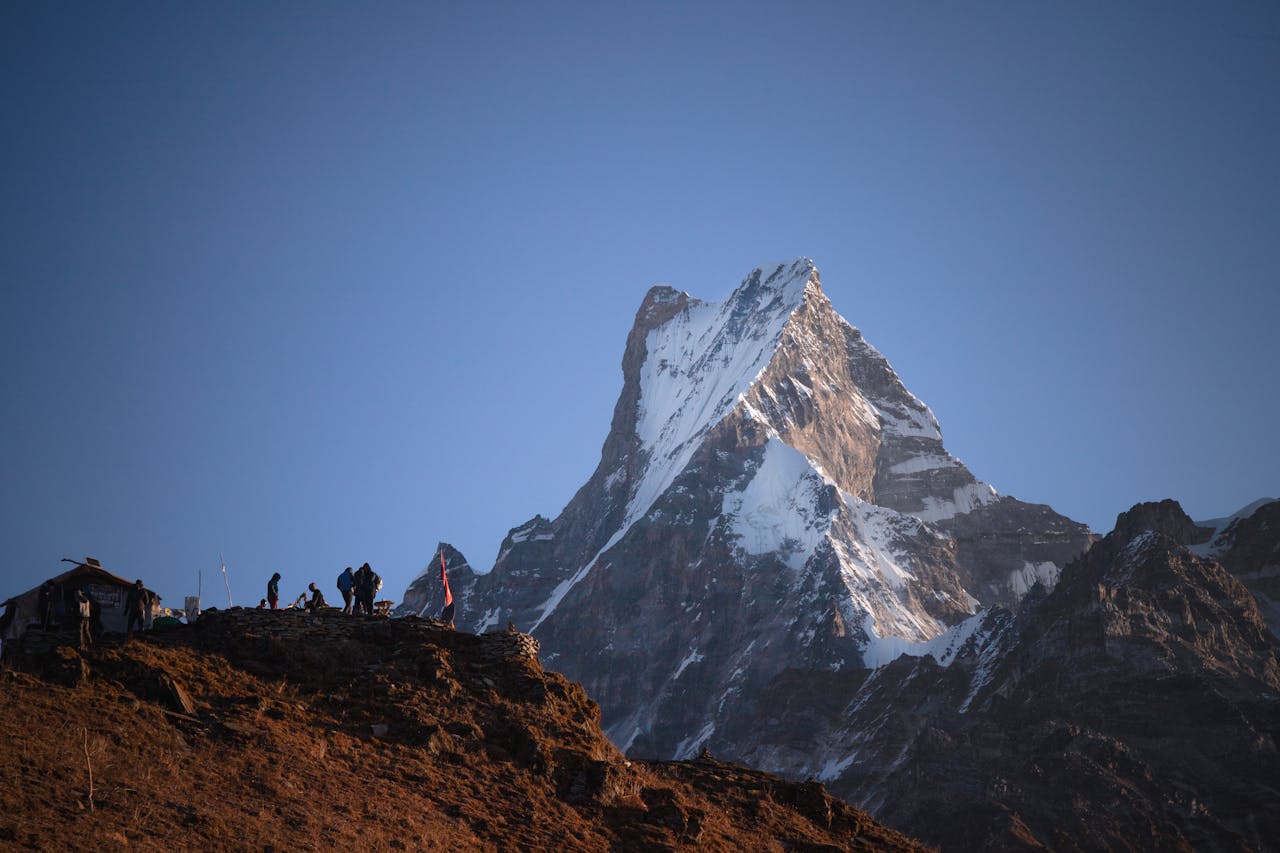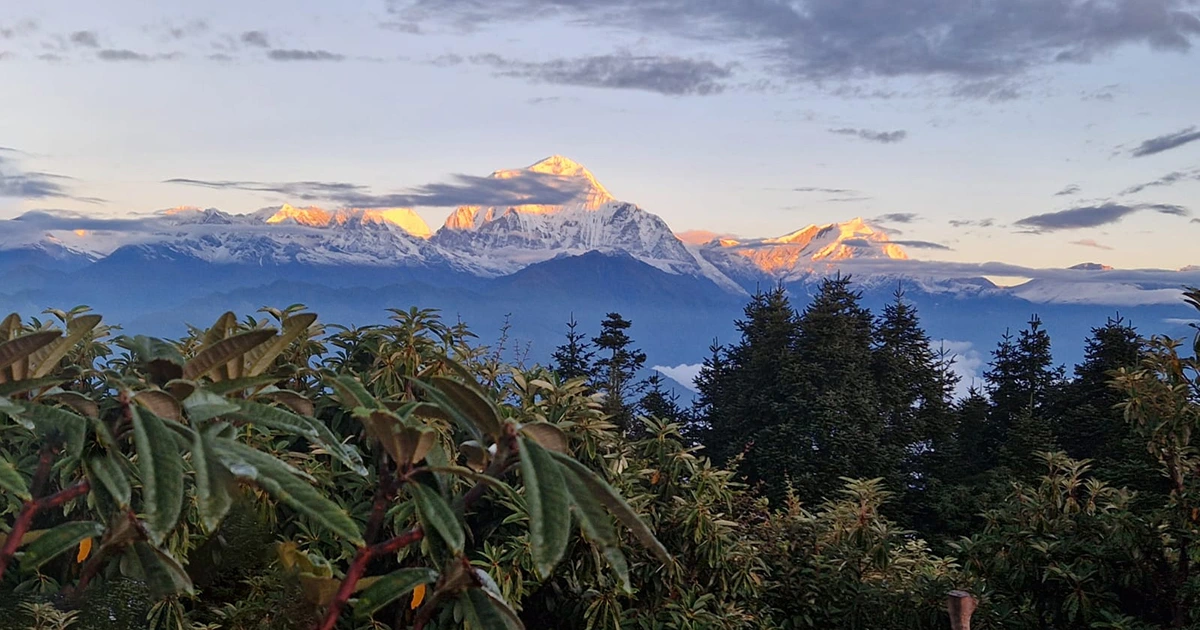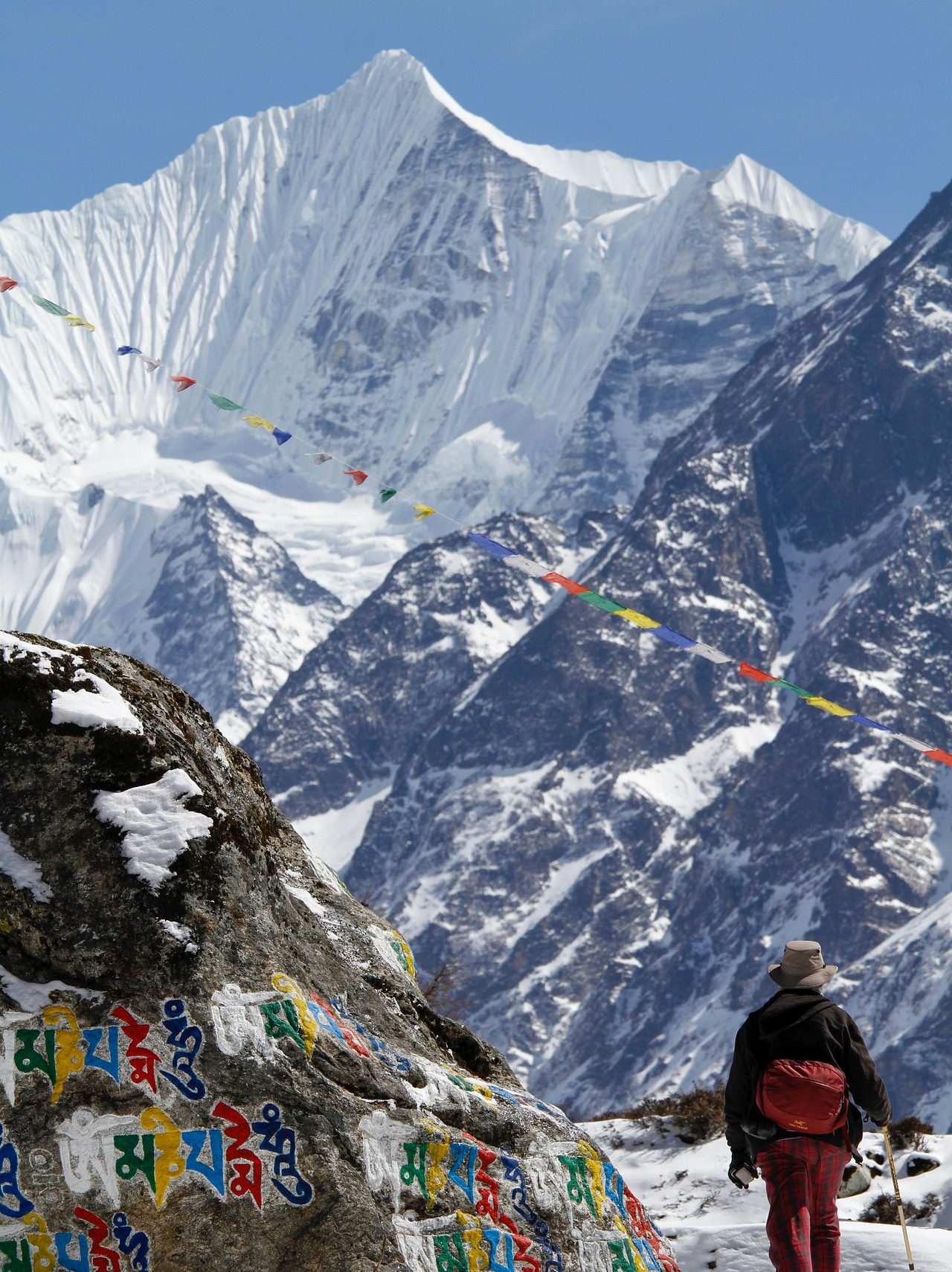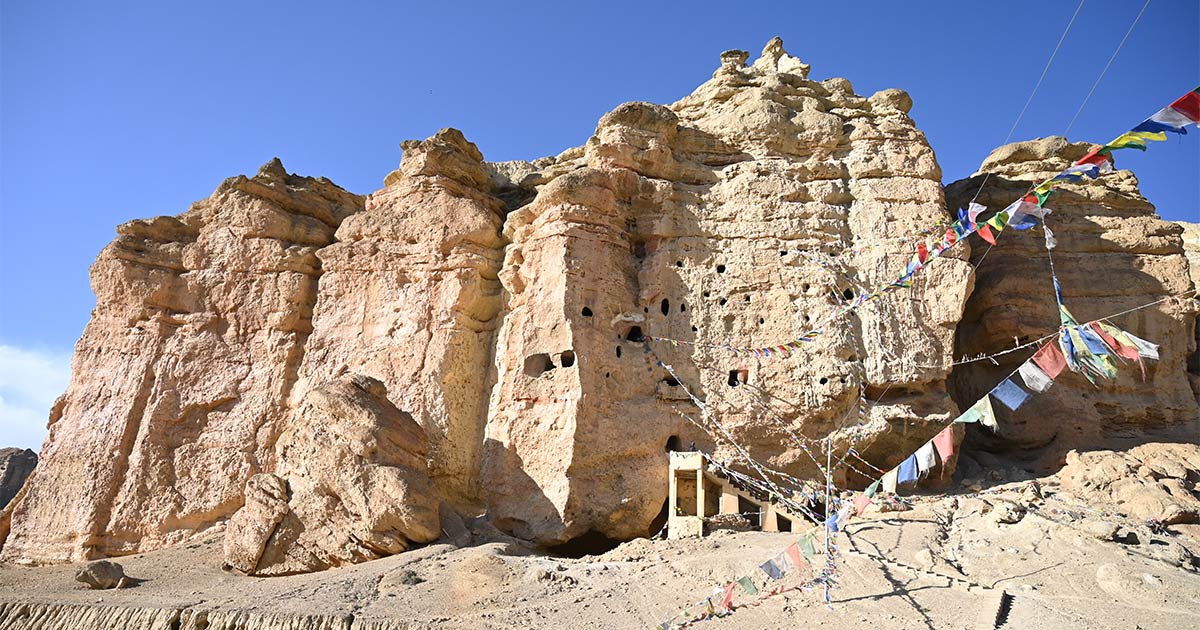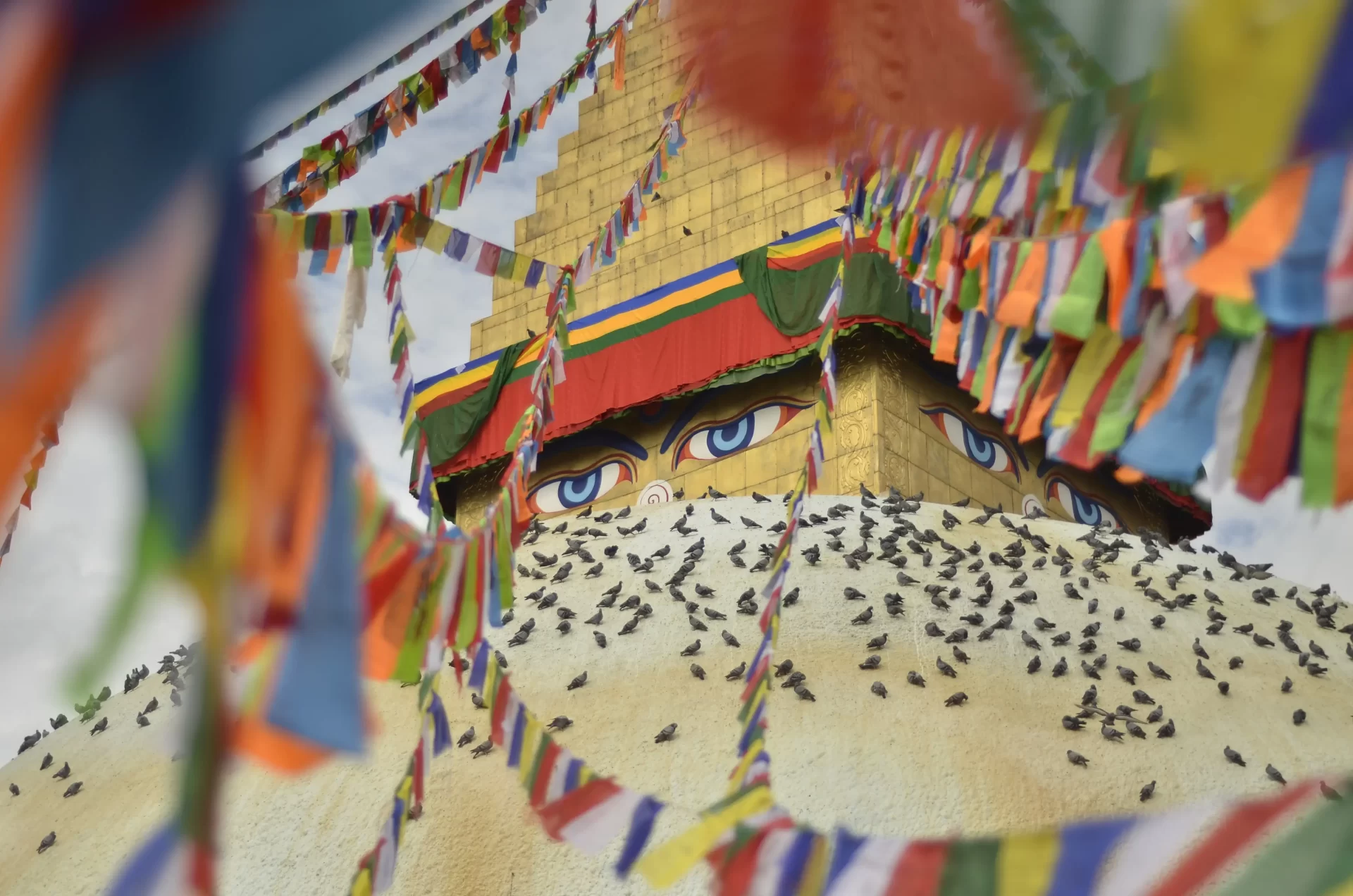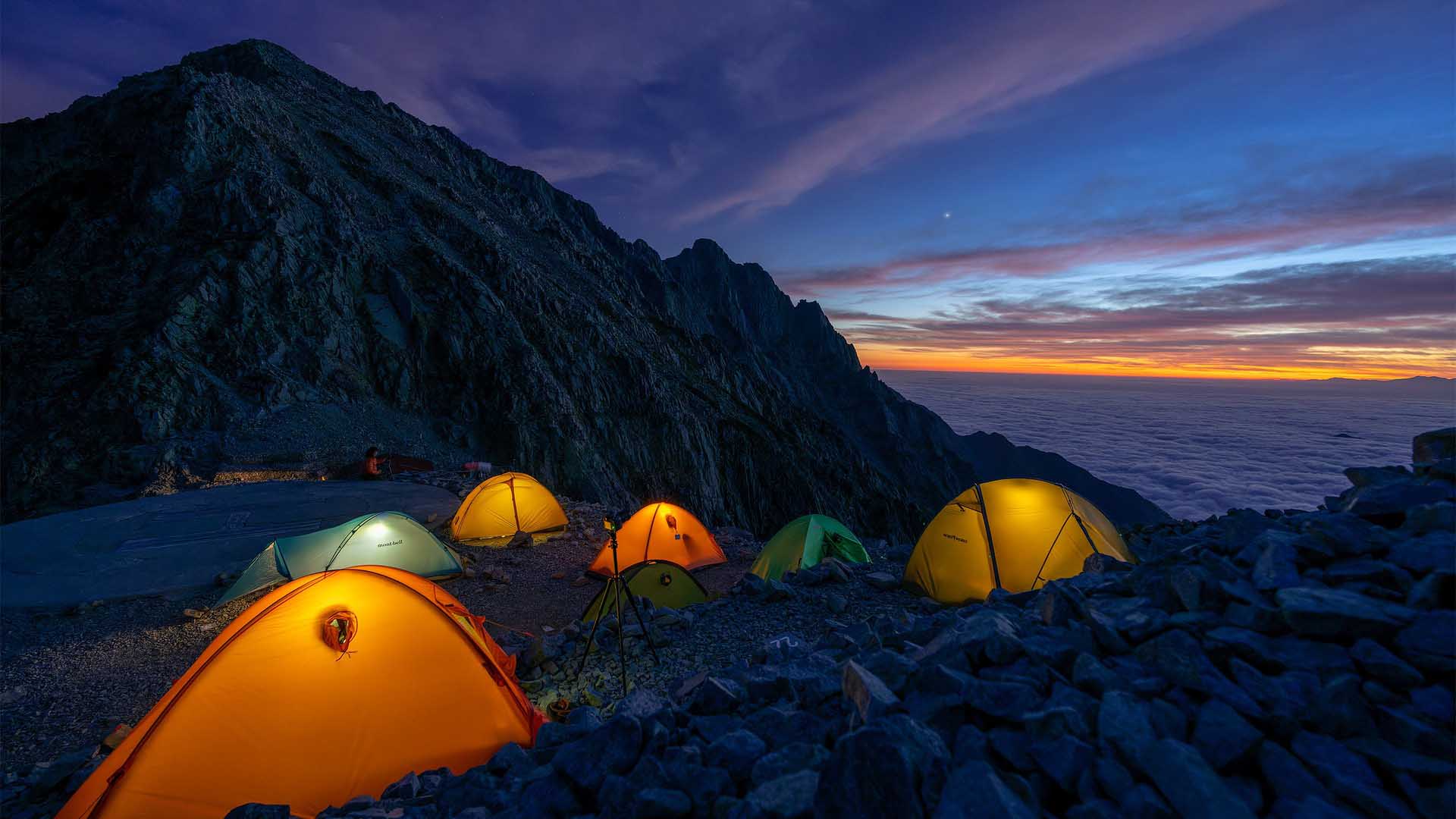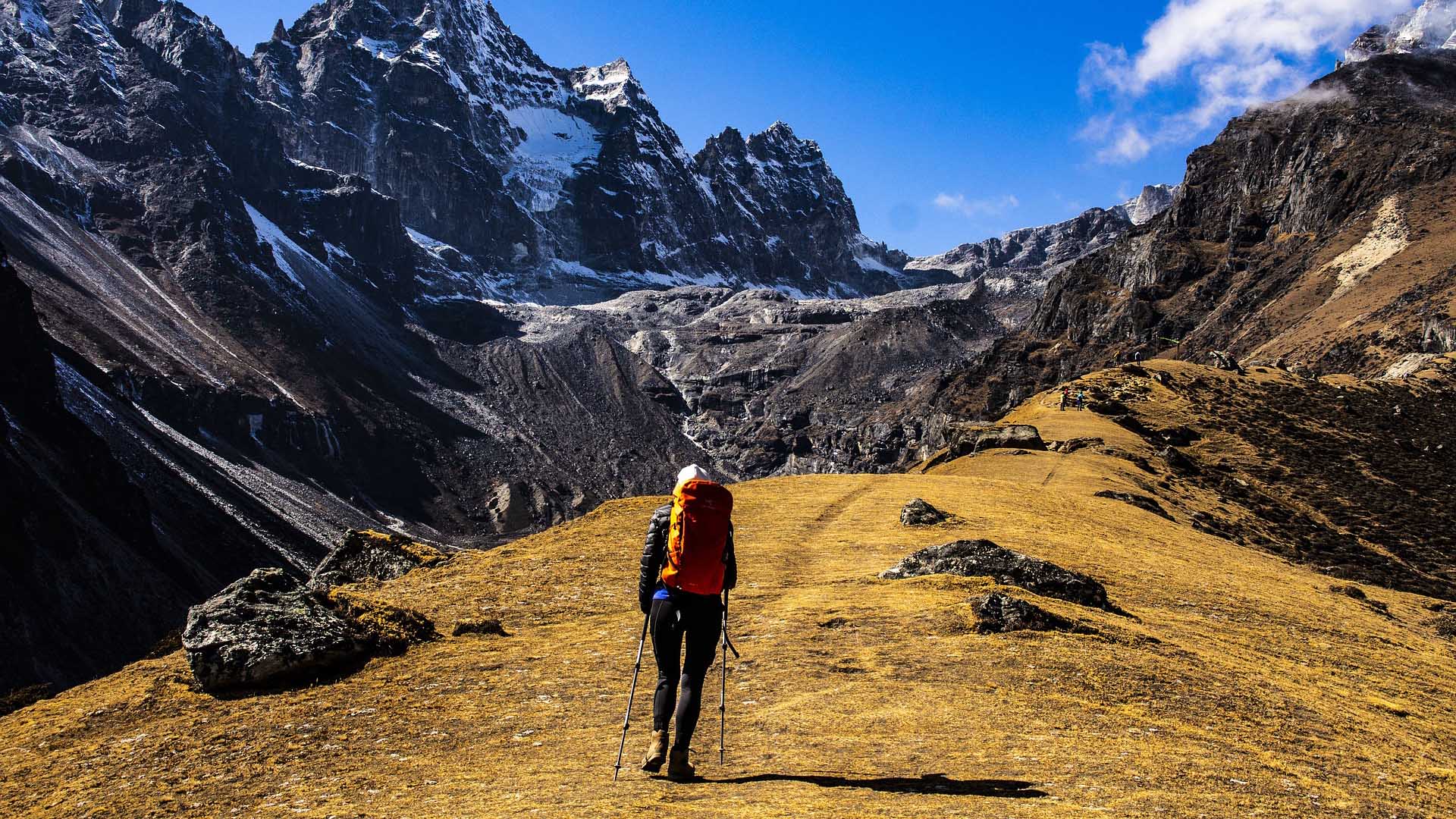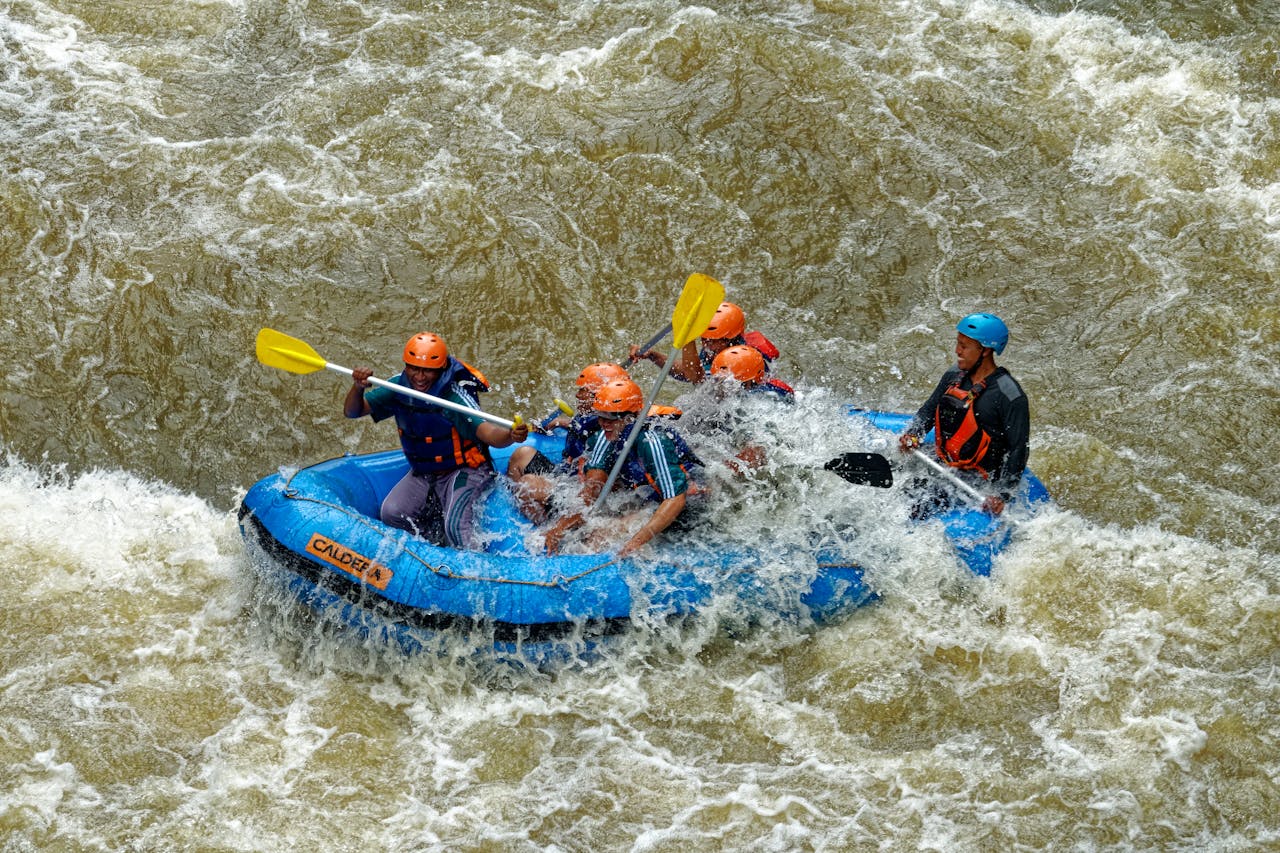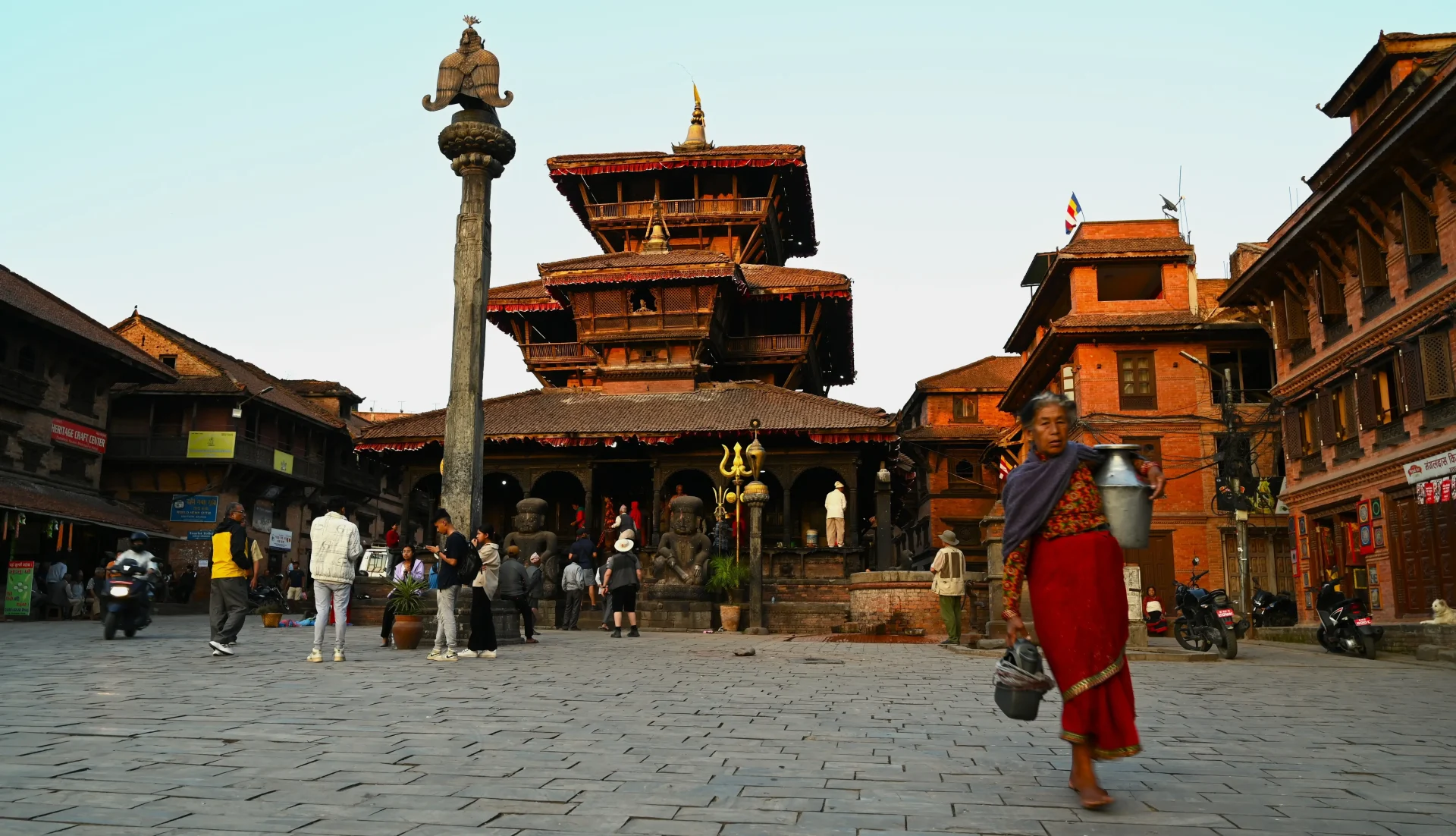Trekking
Are you looking for an adventure of a lifetime? Well then, we have a list of Nepal’s best trekking destinations for you to challenge the inner you.
Trekking in Nepal is the best way to immerse yourself completely in the country’s natural, cultural, and historical abundance. Whether you want to see the mountains up close or get wanderlust in the high-altitude alpine and temperate forests, there are many destinations to choose from.
Frankly speaking, Nepal has the premier location in the world for all kinds of trekking and related activities. The majority of the trekking routes encompass either conservation areas or national parks, which gives you exposure to the country’s rich biodiversity. Similarly, the terrains and landscapes you get to experience on the route are equally enchanting.
And, to top it off, most of your route ends with mesmerizing views of the tall snow-capped mountains, giving you a sense of accomplishment. Trust me, trekking through all major and minor trekking destinations isn’t just a vacation well-spent but also a
Popular Trekking Destinations of Nepal
The trekking destinations in Nepal are as diverse as the country’s natural heritage, people, and culture. You will find all kinds of destinations, ranging from those that take almost a month to those that can be accomplished in a matter of three days. The best part is that you can customize your trek however you like, as the activities to do in these regions are abundant.
Here are a few infamous trekking destinations of Nepal:
Annapurna Base Camp Trek
Often called the easiest trek in Nepal, the Annapurna Base Camp Trek is a famous trekking destination. On this trek, you will enjoy a majestic view of the Annapurna ranges and the virgin Machhapuchre mountain. A cultural immersion in Ghandruk and a soothing dip in natural hot springs in Jhinu Danda on your way back are other exciting things to do on this trek.
Everest Base Camp Trek
If you are looking for more adventure while on a trek, the trek to Everest Base Camp is a good option. Starting with a thrilling yet scenic flight from Kathmandu that offers aerial views of the Himalayas, the trek is quite a popular destination. This exciting journey takes you through the Sherpa capital of Namche Bazaar, ancient monasteries, and Sagarmatha National Park.
Manaslu Circuit Trek
The circuit trek of the Manaslu region is the best fit for someone looking for a rugged and less crowded trail. Trekking through this region takes you across luscious subtropical forests and terraced fields that swiftly change to high-altitude countryside. You also get a chance to pass through the protected biodiversity of the Manaslu Conservation Area.
Upper Mustang Walking Trek
Once a hidden kingdom of Nepal, the Upper Mustang walking trek gives you a unique experience of sinking into the ancient lifestyle. This remote yet mystical region is rich in Tibetan culture, which is displayed well through preserved villages, monasteries, and festivals. It is truly a rare experience to indulge in an experience that offers adventure and a deep insight into once-forbidden culture and people.
Langtang Valley Trek
Being closer to the capital city, Kathmandu, the Langtang Valley Trek is quite a popular and most visited trekking destination. This trek starts with a scenic drive through the Trishuli River from Kathmandu to Syabrubesi or Dhunche. Along with majestic mountains, rough and rugged trails, and stunning waterfalls, this region is also blessed with rhododendron forests and bamboo on the trails, making the trek genuinely captivating.
Gosaikunda Lake Trek
The Gosaikunda Lake Trek is the best way to witness the high-altitude lake surrounded by majestic mountains. Covering almost 34 acres, it is a high-altitude freshwater lake with religious value and an iconic destination for many activities. En route to Gosaikunda, you can enjoy local yak cheese and yummy meat delicacies from the Himalayan goat.
Things to do Before Trekking in Nepal
Even though you can just wake up one day, pack your bags, and go on a trek, it is better to plan it out thoroughly. If you can take care of a bunch of things before actually going on a trek, it will save a lot of possible problems and, of course, your money too.
1. Choose the Right Destination
Trekking above 5000 meters to the Everest Base Camp does sound fascinating, right? But it isn’t for everyone!
You need to choose a destination that fits your physical strength and stamina. If you are new to trekking, it’s better to choose easier destinations that are lower in elevation but have higher oxygen concentrations.
2.Choose a Right Trekking Company
It is crucial to have a good trekking company if you want your trip to be as smooth and flawless as possible. After you have chosen the right trekking destination, research the companies that offer a good deal. But make sure it is trustable along with being on a budget.
You will find several companies if you just hit the Google search page Awesome Holidays Nepal is also one of the many good trekking companies in the business. With more than a decade of experience, expert guides, and good ground-handling operators, the company provides top-notch services to its clients without any compromise.
3. Prepare Your Body
Once you have made up your mind to go on a trekking adventure to Nepal, start preparing yourself for exhausting climbs. Right after you start trekking, you will have to trek about 6 to 7 hours a day. Thus, you will require good cardiovascular endurance and muscular strength to ascend quickly through rough terrain.
If you aren’t somebody who doesn’t perform physical training regularly, it is better to start training at least ¾ months in advance. Ensure you include cardio, flexibility exercises, and strength training in your workout to prepare your body for the trek.
4. Get a Medical Checkup
Good health is vital when it comes to adventurous activities such as trekking. You should be aware of any medical conditions that you might have before planning the trek. If you have pulmonary diseases, asthma, or any other breathing-related illness, it’s better to get it checked and prepared in advance with medication and stimulatory exercises.
Additionally, you should be aware of any allergies you might have before your trek. It is always best to avoid food, drinks, or agents that can instigate hypersensitivity. Altitude sickness is quite a common problem while trekking in Nepal, so it’s better to carry all necessary medication to tackle any health difficulties.
5. Pack all Necessary Items
The trekking routes in Nepal are quite rustic, and the terrain is often deserted, with no human civilization. You will need to pack essential clothing, food items, and medications to ensure you have everything you need.
When it comes to trekking gear, it isn’t always necessary to buy it from your hometown as the Thamel region has quite an option of shops that sell trekking gear. You can buy or rent out all kinds of trekking gear. Once you are set up for the trek, make sure to make foods like nuts, energy bars, and dried fruits that you can snack on while on the road.
6. Buy a Trekking Insurance
Even though it isn’t always mandatory to get trekking insurance while visiting the different regions of Nepal, it’s always safer to have one. Not only does it protect you in case of any disasters, but it also serves the best purpose for easier and earlier rescues.
If you are trekking to Everest Base Camp, you should buy one. As the base camp is situated at an altitude of over 5000 meters, there is always a risk of natural disasters like glacial flooding, avalanches, and landslides.
Besides, the lower temperature and scarce oxygen at higher elevations often cause altitude sickness, frostbites, and other medical emergencies. Having trekking insurance helps a lot in such scenarios.
7. Collect All Necessary Permits
If you have booked your trek with a good trekking company like Awesome Holidays Nepal, then you can stay stress-free once you’ve booked the trek. However, if you are trekking solo, you must research the type of permits you need and buy them from the Nepal Tourism Board.
The Trekkers Information Management System, i.e., TIMS card, is a mandatory permit that you will require in all treks. Rest permits depend on the region you have chosen. Some regions have conservation areas, national parks, and conserved communities for which you will require an additional permit.
Explore Our Exciting Packages
Discover our curated packages for Trekking! Start your adventure today.
